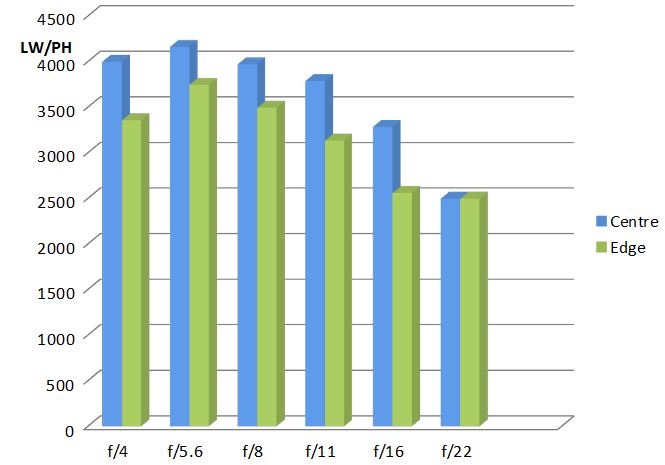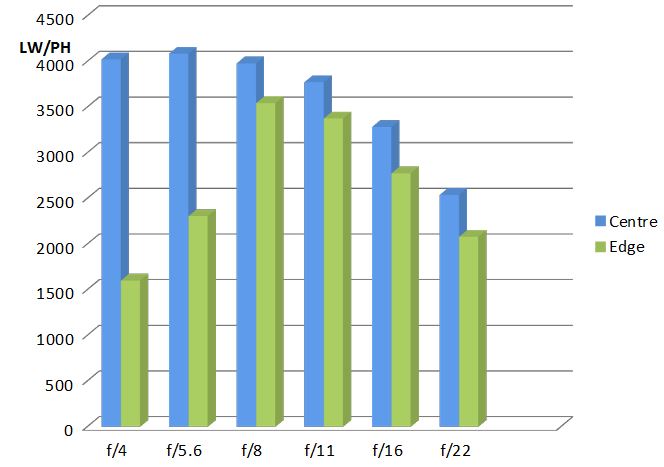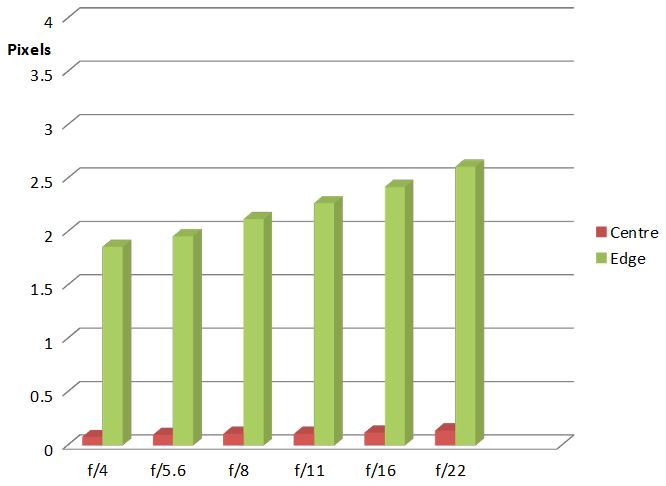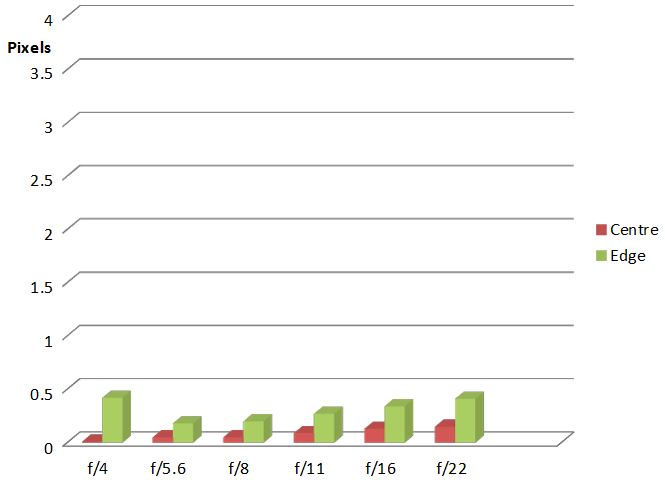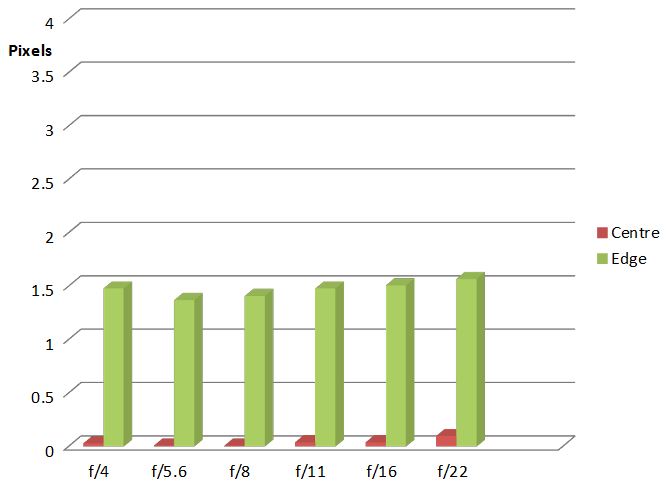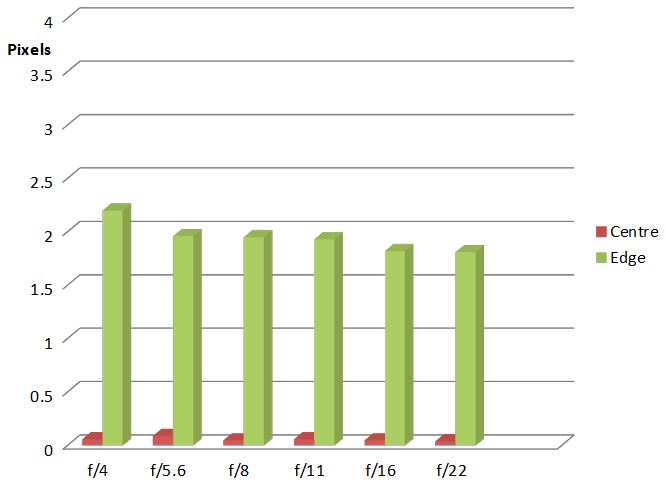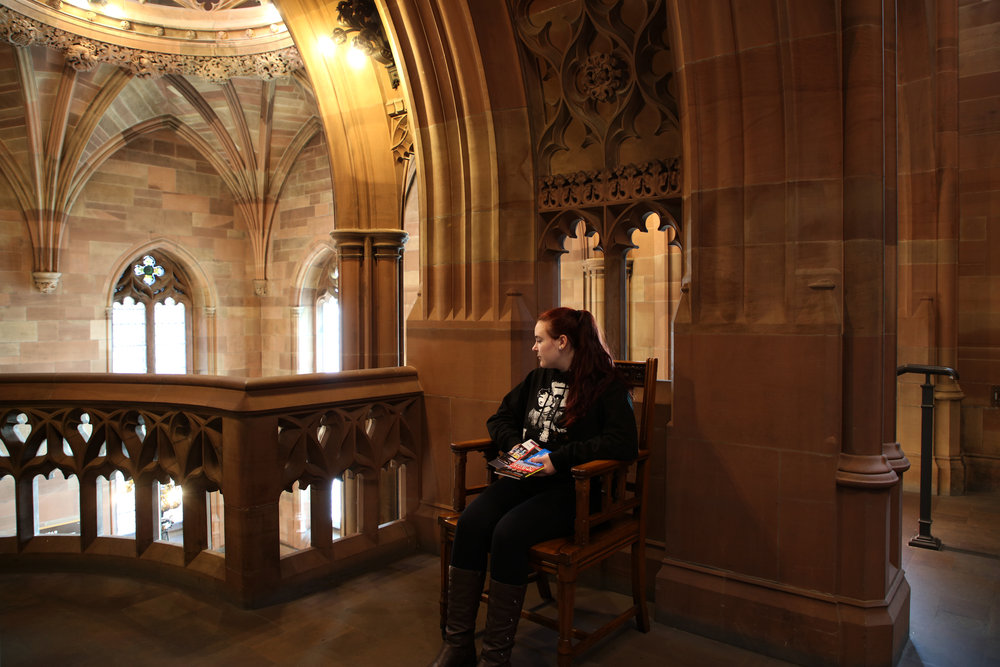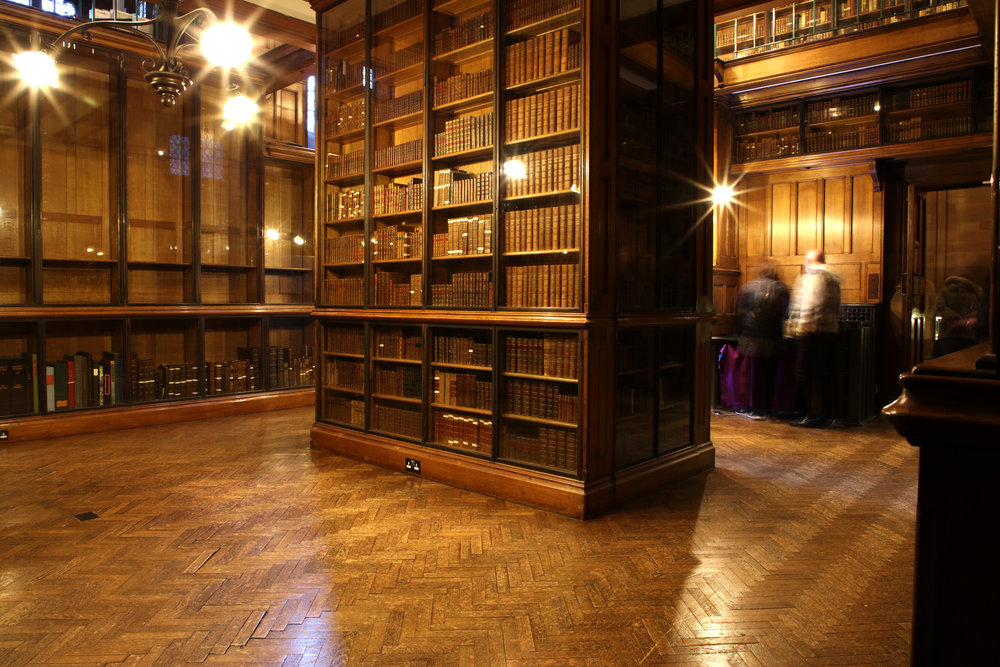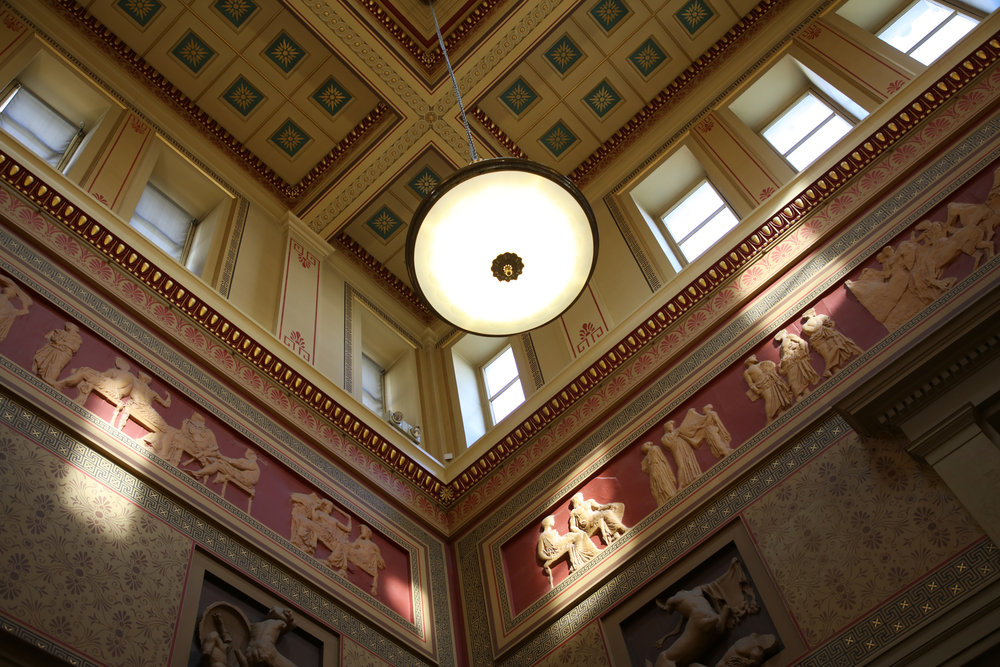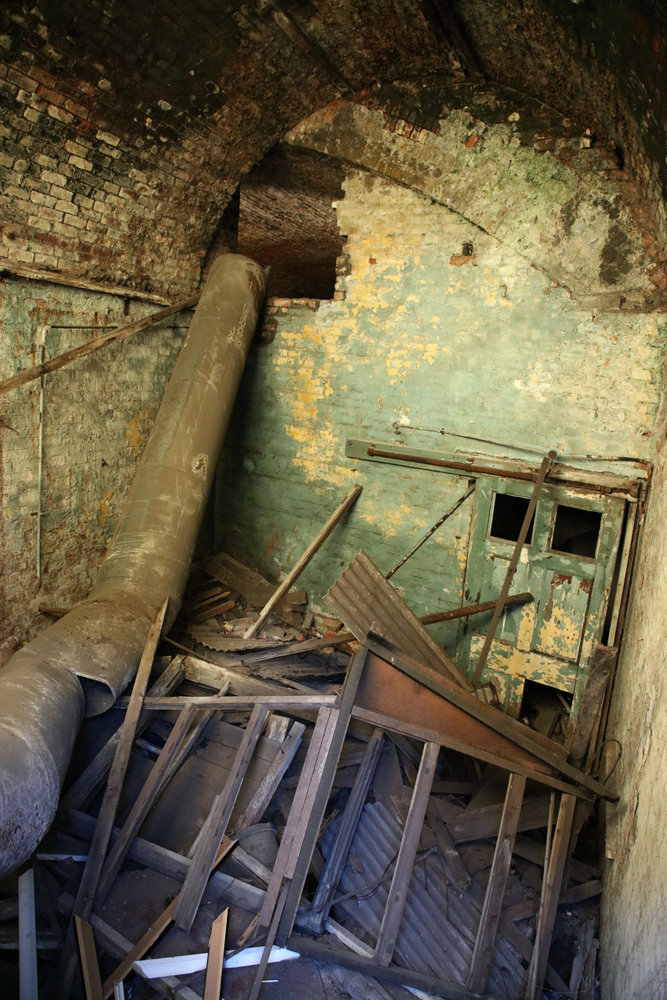Handling and Features
Performance
Verdict
Specification
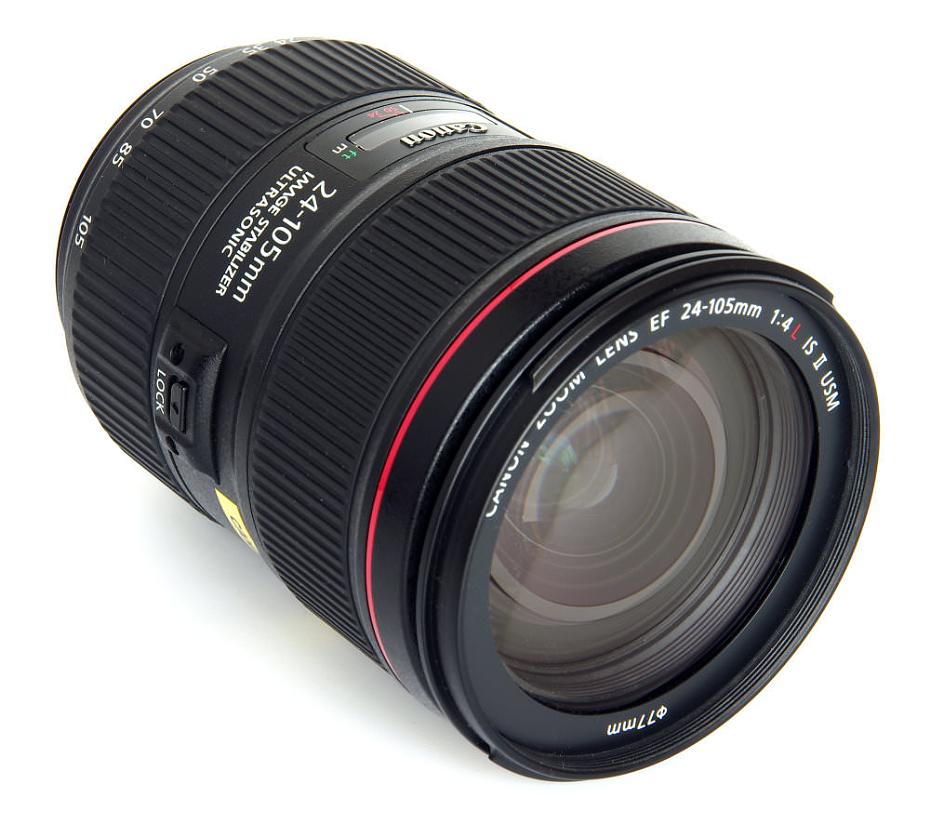
With a very useful range of focal lengths for full frame format, the new Canon EF 24-105mm f/4 IS II USM lens looks to be the perfect specification for a standard zoom. It is usefully wide at 24mm, a reasonable medium telephoto at 105mm and a constant f/4 aperture throughout that range. Let's see how it handles and performs, using the Canon EOS 5DS R camera body.
Canon EF 24-105mm f/4 IS II USM Handling and Features
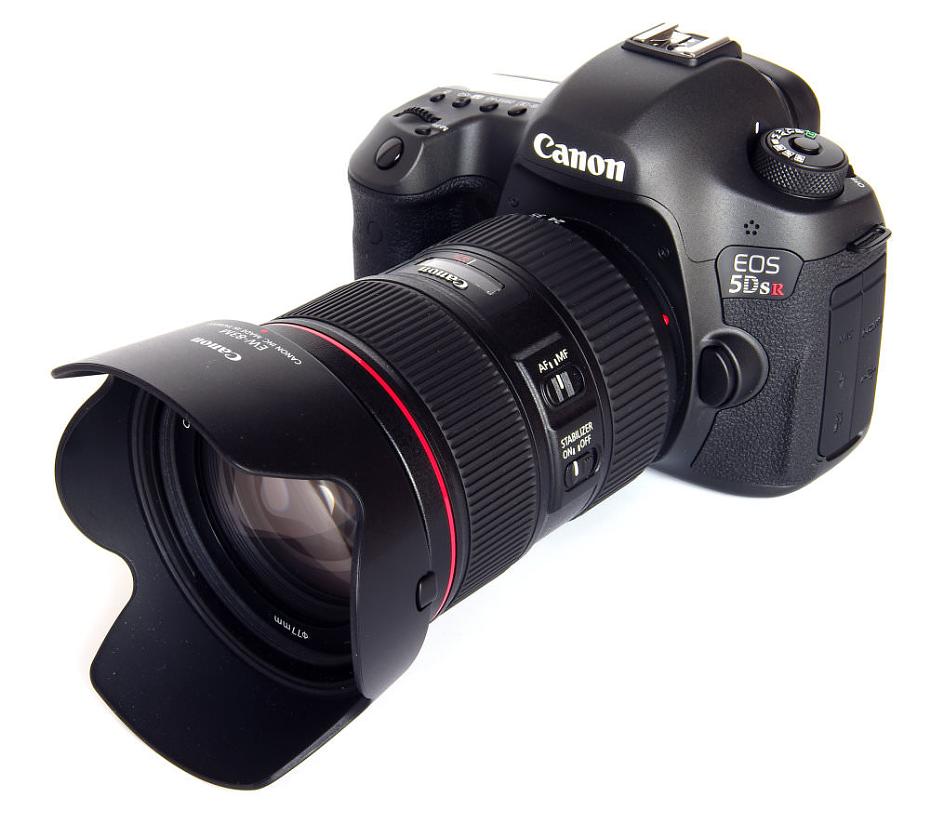
The overall appearance is of a well made, chunky lens. It's relatively hefty weight of 795g is no surprise, nor is its filter thread diameter of 77mm. There is a substantial bayonet lens hood provided, as well made as the lens and fitting smoothly and precisely. A locking catch ensures the hood stays put.
The large focusing ring lies behind this, operating smoothly, with just the right amount of friction to avoid accidental changes in focus position. The lens is internal focusing, so the front element does not rotate and the length of the lens stays the same. Focusing is from infinity down to 0.45m, a maximum magnification of 0.24x. This is around 1:4, and typical for a lens of this type. Focusing is silent, ideal for videographers. AF can be overridden at any time via the manual focusing ring.
There is a focusing scale behind a clear plastic window, marked in feet and metres. Although there is no depth of field scale there are two infra-red focusing marks for 50mm and 24mm. Infra-red light focuses at a different point to visible light unless lenses are specially corrected for this. It is interesting that this implies that the lens is expected to be used for IR photography.
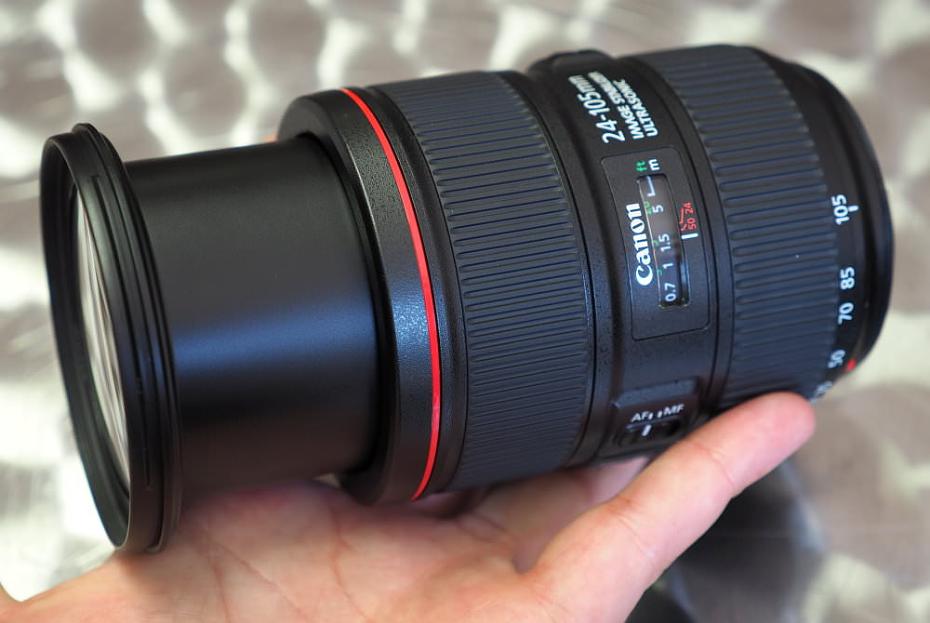
At the same point around the lens barrel we find the AF/MF and Stabiliser on/off switches. The IS system claims a 4 stop advantage, enabling much slower shutter speeds to be possible when handheld. On the other side of the lens is a lock switch. This lock will prevent the lens extending under its own weight whilst being carried and is operational when the focal length is set to 24mm.
Closest to the camera body we have the zoom ring, satisfyingly firm in action and very clearly marked. The marked settings are also very accurate, so, for example, setting 50mm will result in images shot exactly at 50mm.
The metal lens mount is solid and well machined, the finish being exemplary. The fit is perfect, lenses bayoneting firmly but smoothly and with no play whatsoever when mounted.
Lens construction is 17 elements in 12 groups, elements having Air Sphere Coating to minimise the chance of flare. There are 4 Aspherical glasses in the formulation, one, in fact, having a double spherical profile. The diaphragm has 10 blades, the rounded aperture improving the bokeh of a lens. Finally, we have dust and moisture resistance so the lens can be used with confidence in the field without being too limited by the conditions.
In use, the lens proves to be an ideal general purpose companion. It can be applied to a wide variety of subject matter, from landscape and architecture to portraits and street photography. There are no operational glitches, it focuses easily and very quickly and continues to operate well even as the light fails. Given the high potential ISO settings of most DSLR cameras, even the modest f/4 maximum aperture is not too much of a restriction in low light.
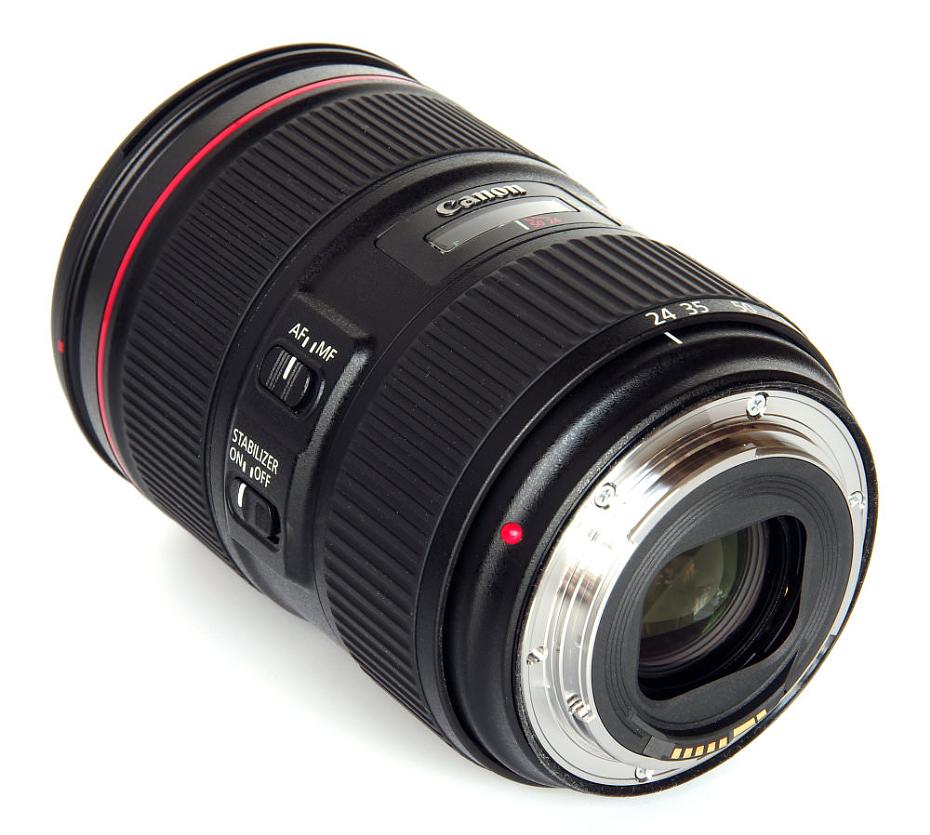
Canon EF 24-105mm f/4 IS II USM Performance
Central sharpness at 24mm is excellent from f/4 to f/11 and remains very good at f/16. It is softening at f/22, but still, reaches a good standard. The edges are very good from f/4 through to f/11, still good at f/16 and f/22.
Central performance at 50mm is of the same standard as 24mm, being excellent from f/4 to f/11, very good at f/16 and good at f/22. The edges are good at f/4, sharpening to very good at f/5.6 and f/8, still remaining good at f/11 and f/16 but becoming soft by f/22.
The sharpness is maintained well centrally at 85mm. It is excellent from f/4 to f/11, very good at f/16 and good at f/22. The edges again fare less well, being soft at f/4 and f/5.6, sharpening to very good at f/8 and f/11, dropping a little but remaining good at f/16. Results at f/22 are soft.
Most zoom lenses are less sharp at the longest focal length, and this is no exception. At 105mm, the centre is very very good at f/4, excellent between f/5.6 and f/11, very good at f/16 and good at f/22. The edges are good at f/4 and f/5.6 but quite soft from f/8 onwards, down to f/22. It must be said that although technically this means soft edges at 105mm, as a portrait setting that just might be something that creatively could be made use of.
Canon EF 24-105mm f/4L IS II USM MTF Charts
How to read our MTF chartsThe blue column represents readings from the centre of the picture frame at the various apertures and the green is from the edges.The scale on the left side is an indication of actual image resolution as LW/PH and is described in detail above. The taller the column, the better the lens performance. For this review, the lens was tested on a Canon EOS 5DS R using Imatest. |
CA (Chromatic Aberration) is highly corrected in the centre of the field at all focal lengths. In fact, it measures virtually zero at some settings. The edges are not so well corrected, but are at their lowest at the centre of the focal length range, slipping to fairly obvious fringing at the edges at wider and longer settings. This can, of course, be corrected in software.
Canon EF 24-105mm f/4L IS II USM Chromatic Aberration Charts
How to read our CA chartsChromatic aberration (CA) is the lens' inability to focus on the sensor or film all colours of visible light at the same point. Severe chromatic aberration gives a noticeable fringing or a halo effect around sharp edges within the picture. It can be cured in software.Apochromatic lenses have special lens elements (aspheric, extra-low dispersion etc) to minimise the problem, hence they usually cost more. For this review, the lens was tested on a Canon EOS 5DS R using Imatest. |
Flare is not an issue. Resistance is very good indeed and the worst that we can expect is a slight lowering of contrast in the worst case scenarios of very harsh light shining directly across the front element.
Distortion is visible, but modestly so for a zoom lens of this type. At 24mm we have barrel distortion measuring -2.87%. This moves to pincushion as we zoom in, measuring +2.21% at 50mm, +2.08% at 85mm and +1.97% at 105mm. In any event, this can be tackled in software.
The 10 bladed diaphragm does its work and bokeh is very pleasant throughout the range. This is ideal for creating a pleasing, smooth look to the out of focus areas.
The IS system is very effective. 4 stops is claimed and 4 stops is easily achieved.
Canon EF 24-105mm f/4L IS II USM Sample Photos
Value For Money
The Canon EF 24-105mm f/4L IS II USM lens is priced at £1065. There is also a low-cost Canon EF 24-105mm f/3.5-5.6 IS STM available at £379.
Exact alternatives are few, but Sigma's Art range includes the Sigma 24-105mm f/4 DG OS HSM at £599.
Other marques do not have an exact alternative, but there is the HD Pentax D-FA 28-105mm f/3.5-5.6 ED DC WR at £549 that helps us to see where the benchmark cost lies.
As the Mk I version of the lens does not seem to be readily available, it had a price tag of £599, then the choice for Canon users seems limited but the price seems reasonably fair, maybe a tad on the high side initially. For more options, have a look at our Top 10 Best Canon EOS lenses round-up.
Canon EF 24-105mm f/4 IS II USM Verdict
The Canon EF 24-105mm f/4 IS II USM is a pleasure to use, is reliable and is capable of some very fine results. It is not perfect, but, as always, knowing what the design parameters are helps us to see whether or not those imperfections fit in with our requirements as photographers. We have here a well made, solid performer with excellent central sharpness, low flare, pleasant bokeh and a focal length range that is extremely versatile. The edges are not as sharp, although are actually very good at wider to middle apertures until we get to the very longest setting.
So, a tad on the pricey side, but a rewarding lens that could be a very useful travelling companion.
 |
The Canon EF 24-105mm f/4 IS II USM is a good solid standard zoom, with a range perfect for travel and general use. |
With thanks to CliftonCameras who provided the Canon EOS 5DS R used for testing.
